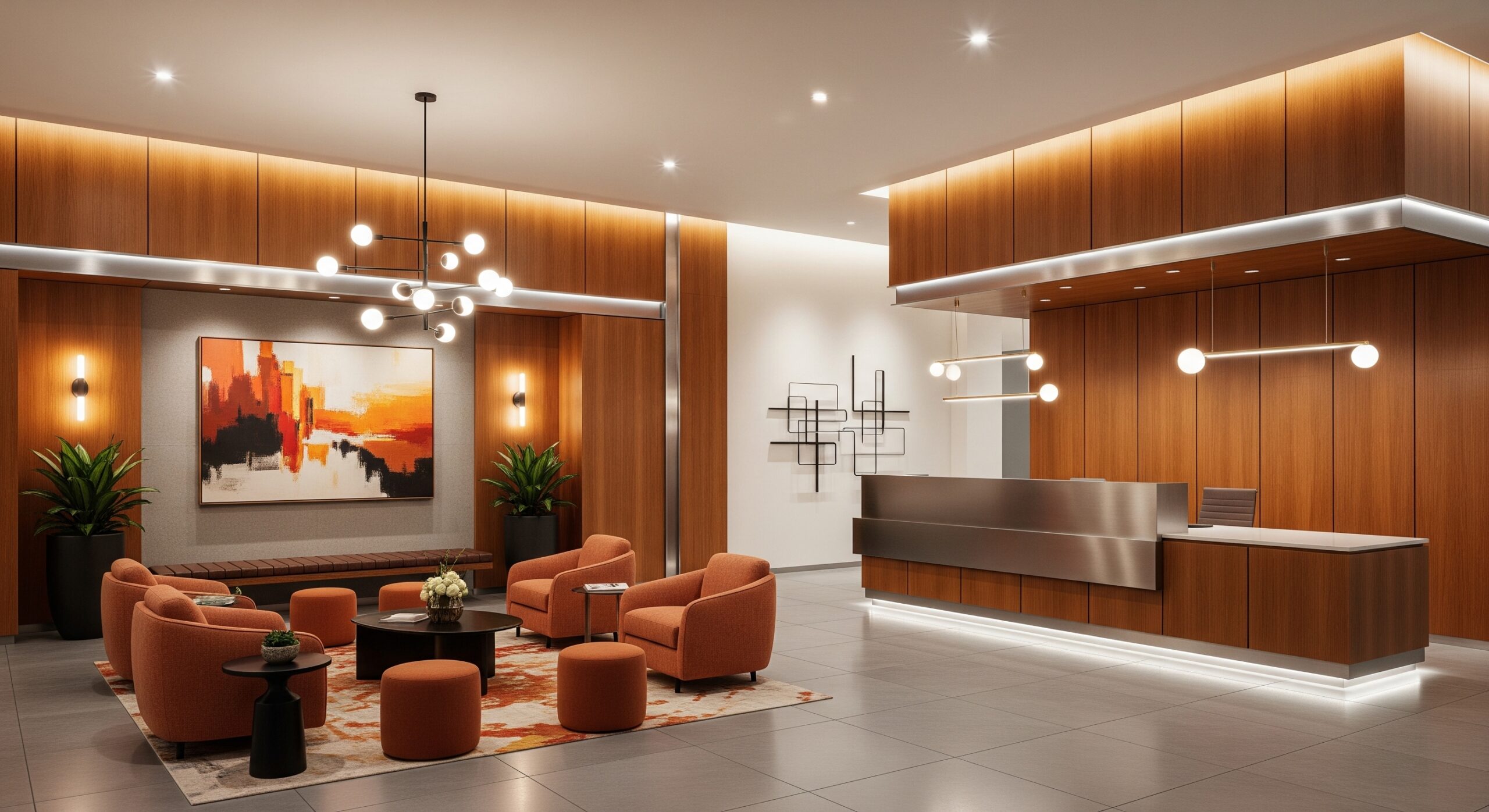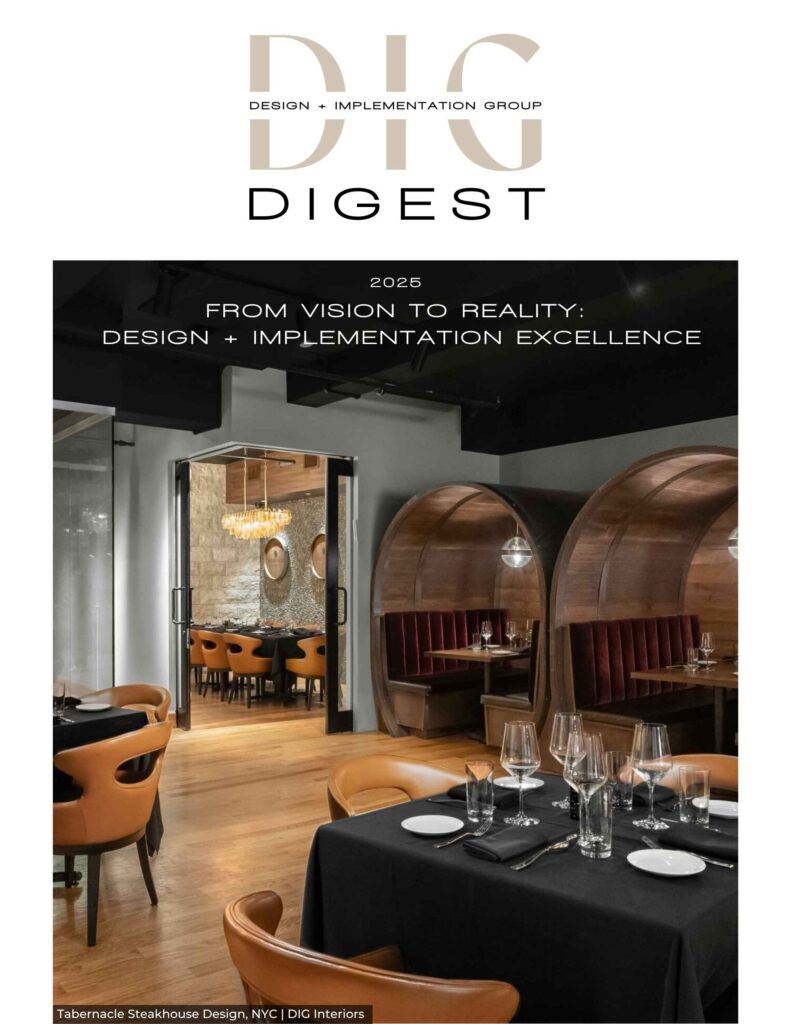If you are looking to elevate your space, incorporating art into your interior design is an excellent way to do so. Art has the power to transform a room, adding depth, character, and emotion to your space. In this article, we will explore how incorporating art can enhance your interior design, and offer some tips on how to choose and display art in your home.
Why Incorporate Art Into Your Interior Design?
Adds Depth and Texture
Art can add depth and texture to your space, making it feel more rich and dynamic. By incorporating different types of art, such as paintings, sculptures, or photographs, you can create a multi-dimensional space that engages the senses.
Adds Character and Personality
Art can also add character and personality to your space. By choosing pieces that reflect your interests, passions, and style, you can create a space that feels uniquely yours. Art can also serve as a conversation starter, allowing you to share stories and experiences with your guests.
Enhances Emotional Connection
Finally, art can enhance the emotional connection you have with your space. By choosing pieces that evoke certain emotions or memories, you can create a space that feels warm, inviting, and comforting. Art can also serve as a source of inspiration, encouraging you to pursue your passions and dreams.
How to Choose Art for Your Interior Design
Consider the Space
When choosing art for your interior design, consider the space you are working with. The size, shape, and color of the room should all play a role in your decision. For example, if you have a small room, you may want to choose a smaller piece of art that complements the space. Similarly, if you have a room with bold colors, you may want to choose art that complements or contrasts those colors.
Consider Your Style
Your personal style should also play a role in your decision. If you prefer modern, minimalist design, you may want to choose art that is clean, simple, and abstract. If you prefer a more traditional style, you may want to choose art that is detailed, ornate, and classic.
Consider Your Budget
Art can be expensive, so it is essential to consider your budget when choosing pieces for your interior design. You may want to consider purchasing prints or reproductions instead of original pieces, or you may want to look for art at thrift stores or estate sales.
Consider the Artist
Finally, consider the artist behind the art. Research the artist’s background, style, and inspiration to gain a better understanding of the piece. This will not only help you appreciate the art more but will also give you a story to share with your guests.
How to Display Art in Your Home
Create a Focal Point
One of the most effective ways to display art is to create a focal point in the room. Hang a large piece of art on a prominent wall, or group several smaller pieces together to create a gallery-style display.
Mix and Match
Experiment with different types of art to create a dynamic, multi-dimensional display. Mix paintings, photographs, and sculptures, choosing pieces that complement each other in color, texture, or style.
Use Lighting
Lighting can enhance the beauty of your art, so it is essential to use it effectively. Use spotlights or track lighting to highlight specific pieces, or install dimmer switches to create a soft, ambient glow.
Create Balance
Finally, it is essential to create balance in your display. Hang pieces at eye level, and use a level to ensure they are straight. Create symmetry or asymmetry, depending on your style, but be sure to keep the display visually balanced.
Conclusion
Incorporating art into your interior design is an excellent way to elevate your space, adding depth, character, and emotion. By choosing the right pieces and displaying them effectively, you can create a space that feels uniquely yours. So start exploring art today and see how it can enhance your interior design!





